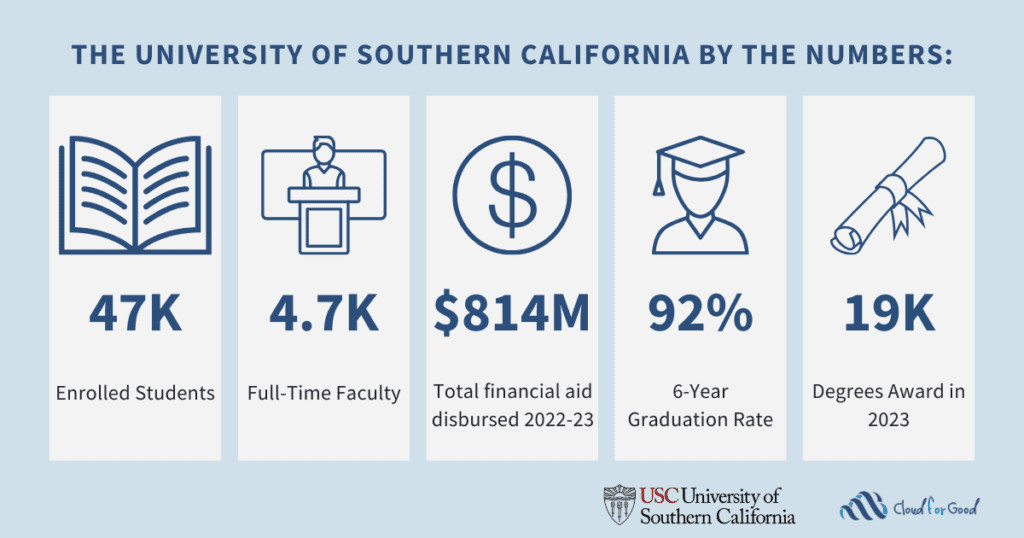For Niti Praveen, an executive with over 10 years in the Salesforce ecosystem, the launch of Agentforce didn’t just introduce a new product, it completely shifted her career’s direction. Now focused on selling and servicing Agentforce for SMBs, Niti sees AI not as a replacement, but as an “extra team member who handles time-consuming work,” freeing up people to provide the judgment and customer value. Her success is built on a practical, learning-first philosophy. Read on to find out how Niti makes Agentforce deliver both happy employees and happy customers, by starting small and staying functional.
Tell us about your work. What does your typical day look like? What Salesforce products do you use in your day-to-day at work, and how do they help you succeed?
I work as an executive and am a key decision-maker in my team, especially in sales and services. My typical day involves a lot of sales meetings where I help with things like lead routing in Sales Cloud and other automations. Recently, my role has shifted heavily toward selling Agentforce for SMBs. I was focused on Marketing Cloud and Sales Cloud for eight years, but last year, Agentforce completely shifted my career’s direction. Now, I focus on selling Salesforce layered with Agentforce. My team and I are all Agentforce certified. The main thing I do is help customers successfully deploy Agentforce, while ensuring we keep learning every day.
What’s your experience been like working with SMB organizations who are interested in Agentforce and are existing Salesforce customers?
Selling Agentforce to SMBs has been both very exciting and very hands-on. Because SMBs often lack resources like large enterprises, the process starts with listening to their pain points and directly relating that to how Agentforce can resolve them. I always start small, with a quick win, like automating case responses in Service Cloud or showing them an agent can handle smaller queries currently done by a human. The process is consultative. I explain that the money they spend equals the value of having the agent. They appreciate the fact that Agentforce is here, but we are still in an adaptation phase. They are trying to learn and understand the best places to use it.
About 10 years working in the Salesforce ecosystem, how have you approached learning and staying current with new products like Agentforce?
My approach is driven by a passion to know “what’s new.” I rely heavily on Trailhead and official Salesforce resources whenever new products like Agentforce are released. Attending Dreamforce, whether in person or virtually, is critical. A big part of staying current is being active in Salesforce communities, user groups, and events. I attend sessions, ask questions, and take consultations to understand what new businesses and CEOs are thinking. I also experiment with pilots, like case summarization or AI-driven sales emails, to show clients both the potential and the guardrails. For me, blending learning, community, and application keeps me going and helps me be successful with the latest innovations from Salesforce.
In your work, how does Agentforce help you and your organization work better?
Agents help primarily by tackling repetitive tasks and key pain points. Imagine reps constantly calling for small follow-ups, or handling the “where is my product?” query all day. Agents can take over these tasks where the processes and guardrails are clearly defined. This frees up our human reps to do more unique, valuable work and focus on adding unique value to the customer relationship.
How has Agentforce changed the way people and AI work together at your organization or at customers of your firm?
I explain the AI agent as an extra team member who handles time-consuming work, so people can focus on the parts of the job that require more creativity and judgment. The core impact is a double benefit: employees feel less overwhelmed by busy work, and customers get quicker, more personalized service. This brings peace of mind. Agentforce is changing the way we work by showing that humans bring judgment and empathy, while agents bring speed and consistency. It’s about combining these to achieve better results.
How do you illustrate the impact of agents working alongside humans at an organization to your customers?
I explain AI agents are an extra team member, handling time-consuming work, so your people can focus on the part of the job that requires more creativity and judgment. The impact is a double deal: people feel less overwhelmed by busy work, while customers get quicker and more personalized service, as one example. This gives executives peace of mind knowing both employees and customers are happy! While we as humans take breaks, agents can handle repetitive tasks. When an employee returns, they are less overwhelmed and can give personalized attention to priority items. Ultimately, humans bring judgment, empathy to every interaction, while agents bring speed and consistency. That’s where we make the perfect combination to create value for organizations.
As you continue to iterate with AI and Agentforce, what are some of the things you’re most excited to try in the future?
I believe the future is that agents will become an integral part of our daily activities, moving from reactive to truly proactive. They will suggest the next best actions before a human even asks—for instance, reminding you after a sale that it’s time to service the client. I’m actually focusing on a proactive agent for an upcoming Agentforce hackathon. I also think we will overcome the current hesitations around safety, and everyone will deploy AI more securely. Ultimately, Agentforce will become the epicenter of Salesforce and any company’s future.
What made you choose the Salesforce ecosystem as a career path?
I chose Salesforce because of the way it provides learning. The communities, the people, and most importantly, Trailhead helped me grow. Early on, Salesforce launched Trailhead, giving step-by-step processes for deployment where other platforms lacked that documentation. I was just a passionate individual looking to work hard, and Trailhead gave me the structure I needed and helped me secure my first job. I was drawn to a technology that could empower people and help businesses work smarter, not harder. The ecosystem is friendly, adaptive, and completely transformed my career.
You’re a Salesforce Community Advisory Board member and Dreamforce 2025 speaker, what do these opportunities mean to you?
They mean a huge amount to me! I spent eight years trying to attend Dreamforce, and when I started becoming an active leader in the Salesblazer and Slack communities, just helping one person a day, people started recognizing me. Being invited to speak after paying for it last year is a big personal change, all thanks to the communities.
The Community Advisory Board, I feel the responsibility to represent the voices of working mothers, passionate learners, and those still new to the ecosystem. I’m going to be authentic and make sure I voice my opinion. I believe Salesforce needs a fresh perspective like mine and other participants.
What do you enjoy in your free time?
I enjoy spending time with my little one. She was five months old during my first Dreamforce and is now almost 18 months. All my time belongs to her; I love watching her grow, seeing her giggles, and feeling her warm hugs. I also love to play badminton for exercise. I participate in a lot of my cultural Asian and Indian communities, connecting with my roots and spending time on video calls with people back in India.
Niti’s top 3 Agentforce learnings
1. Clarity is everything: your Agent is only as smart as your instructions!
One of the biggest lessons I’ve learned while working with Agentforce is that precision matters. If your instructions are even slightly ambiguous, your Agent can easily get confused. I’ve found it is worth spending extra time upfront to define the problem statement clearly, break it into distinct topics, and specify exactly what inputs and outputs each action requires. The more structured your foundation, the more consistent your results.
2. Building your Agent is a journey of iteration, not a one-time setup.
Agentforce isn’t something you “switch on” and it just works. It is a process of continuous learning. I’ve learned to test frequently and refine constantly. Running small scenarios early helps you see which prompts or actions behave as expected and which need adjustment. When something fails, whether it’s topic selection or a Flow, I always trace it back, debug it, and rebuild from the basics. Every test makes your Agent smarter and your strategy sharper.
3. Start with the problem, and let it guide your design.
It’s tempting to jump straight into topics, actions, or Flows, but the most effective Agents come from a problem-first mindset. Begin by asking what real-world challenge you’re solving, then design your topics and actions around that. If standard actions work, use them; if not, build custom ones with Flow, Apex, or prompts. This approach keeps the solution flexible and aligned with your actual business need, not just the technology.
Want to meet more Agentblazers like Niti?
Check back soon for more stories and join the community for the latest Agentforce content.






